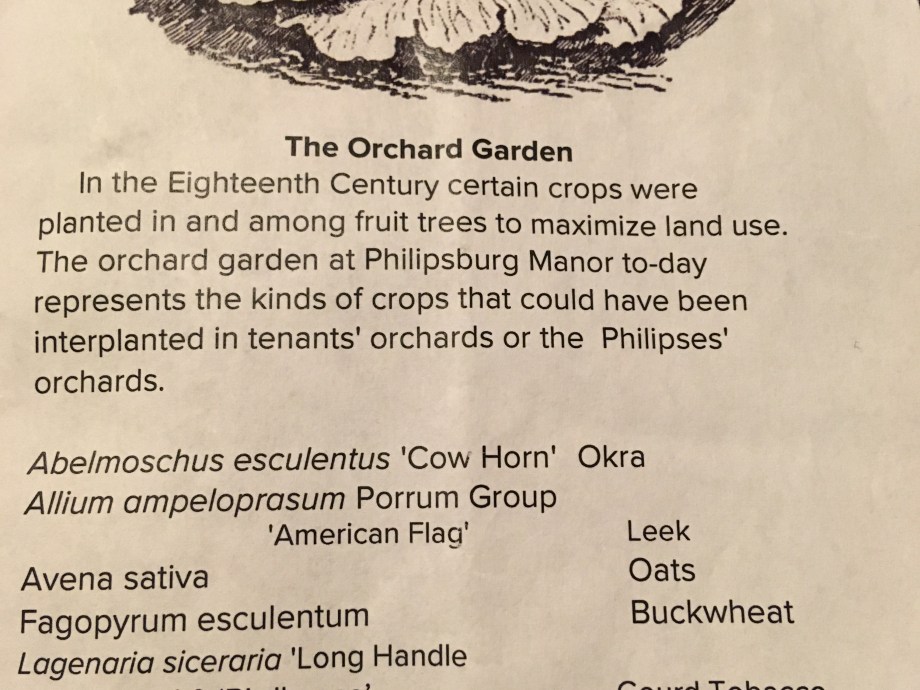
On May 19, I attended a Pinkster celebration at Philipsburg Manor in Sleepy Hollow, New York.

Pinkster is a holiday that was brought to what is now America, in the 1620’s by the Dutch. To the Dutch, it was a religious holiday. However, all of that changed by the early 1800’s.
Pinkster was mostly celebrated in the Dutch settlements- the Hudson Valley, northern New Jersey and western Long Island. These areas had huge populations of enslaved Africans from the 1600’s until 1827, the year New York received it’s emancipation. During those years in between, Pinkster became a holiday for enslaved Africans. They took the holiday and changed everything about it. And the Dutch? Well, they began to celebrate American holidays like July 4th.
For enslaved people, the year offered few holidays or breaks from tedious and often grueling work. Pinkster became the most important break in the year. It was a time for gathering in rural areas or at urban markets, a time to enjoy temporary independence, make money, and purchase goods. More importantly, Pinkster meant the opportunity to reunite with family and loved ones and the chance to preserve, reshape, and express African traditions despite the restrictions of enslavement.
While I was at the celebration, I was surprised and happy to run into a little second grader from my school. When it was time to participate in African dance, we danced together.

Today Pinkster is celebrated at Philipsburg Manor, a nationally significant historic site in Sleepy Hollow, New York. Djembes and Dance, which features a re-creation of a colonial Pinkster festival, is a fun, educational event for visitors of all ages.
The event acknowledges both the oppression of slavery in New York and the ultimate triumph over it. It is the only authentic re-creation of Pinkster in North America, combining some of the most vibrant elements from over a hundred years of Hudson Valley Pinkster celebrations. From the Dutch tradition come children’s games like ninepins and stilts, special baked goods of the holiday, egg-dyeing, and European-style country dancing. From the African tradition come storytelling, drumming, dance, a grand parade, and the election of a Pinkster King.
Being at Pinkster gave me a very little feel of how slaves used to live. With the help of historians and artist, Kim and Candace, I learned what they planted in their gardens and how they made clothes. I learned what type of clothes they used to wear and what seeds they would use to make ink….if need be.
For example, slaves in the north mostly wore linen and wool but not cotton. They tended to the sheep which produced wool. Every spring they sheered the sheep, and spun their wool into yarn. Their linen came from the flax plant.
As far as clothes, women used string and men used buttons. Neither used zippers.
They were very resourceful. They made their own thread out of linen for the candles that they also made. They made their brooms out of corn husks, and used daffodil heads, onion skins and golden rods to make aprons.
I was told to check out another event called, sheep to shawl to find out more about the process of things slaves used and how they survived with the material they had. 
Here is one photo of the document listing foods they had in their garden:

I also met culinary historian and author of The Cooking Gene, Michael W. Twitty.
I found myself in conversations with Dr. Celesti Fechter and others about the history of food and human movement within the America’s during the slave era.

While I was there, the gristmill was under restoration so I did not get to learn about the mill during the tours. However, there was a video screening providing history about the slaves that lived on the plantation and how the mill affected their lives.

